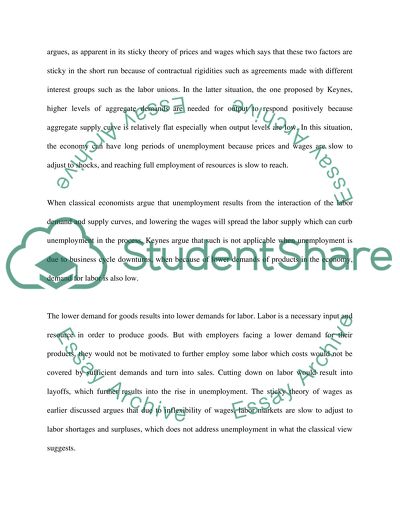Cite this document
(Introduction to Macroeconomics Essay Example | Topics and Well Written Essays - 1500 words, n.d.)
Introduction to Macroeconomics Essay Example | Topics and Well Written Essays - 1500 words. https://studentshare.org/macro-microeconomics/1547979-introduction-to-macroeconomics
Introduction to Macroeconomics Essay Example | Topics and Well Written Essays - 1500 words. https://studentshare.org/macro-microeconomics/1547979-introduction-to-macroeconomics
(Introduction to Macroeconomics Essay Example | Topics and Well Written Essays - 1500 Words)
Introduction to Macroeconomics Essay Example | Topics and Well Written Essays - 1500 Words. https://studentshare.org/macro-microeconomics/1547979-introduction-to-macroeconomics.
Introduction to Macroeconomics Essay Example | Topics and Well Written Essays - 1500 Words. https://studentshare.org/macro-microeconomics/1547979-introduction-to-macroeconomics.
“Introduction to Macroeconomics Essay Example | Topics and Well Written Essays - 1500 Words”. https://studentshare.org/macro-microeconomics/1547979-introduction-to-macroeconomics.


